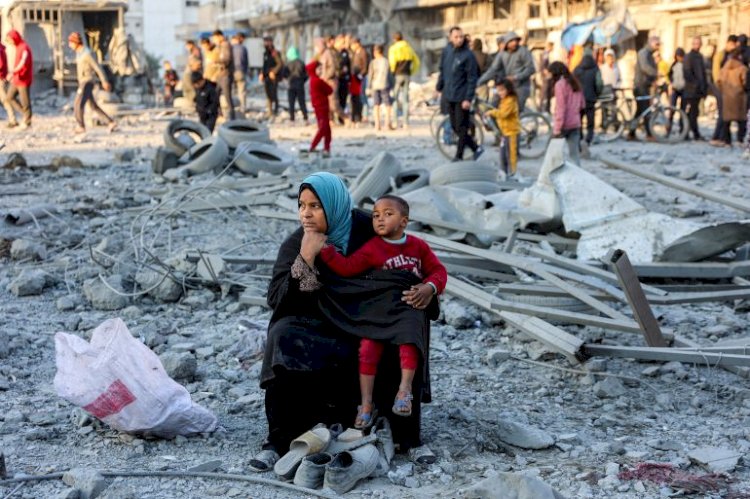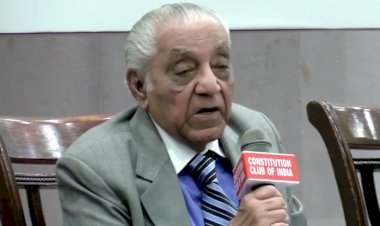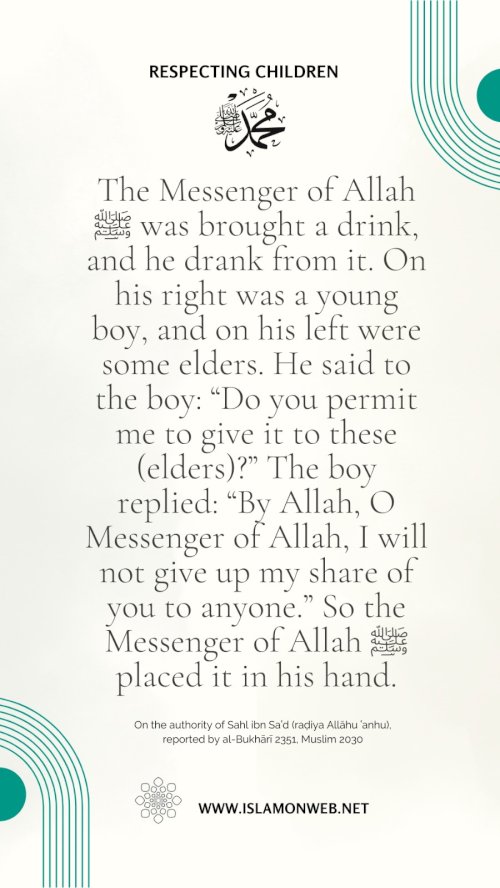Gaza Ceasefire: A Glimmer of Hope or Temporary Reprieve?
Israel's cabinet has officially approved a ceasefire and hostage release deal with Hamas, marking a pivotal moment in the ongoing conflict in Gaza. Prime Minister Benjamin Netanyahu’s office confirmed the decision early Saturday, stating, “The government has approved the hostage return plan.” The ceasefire is set to commence on Sunday at 06:30 GMT, promising a halt to the deadliest war Gaza has ever faced.
This deal centers on the exchange of hostages and prisoners. Hamas has agreed to release some of its captives. In return, Israel will release 95 Palestinian prisoners, including 69 women, 16 men, and 10 minors, as outlined by the Israeli justice ministry. This exchange represents the first step in a multi-phase agreement aimed at de-escalating the violence.
The ceasefire agreement is structured into three distinct phases. The first phase, set to last six weeks, involves a complete cessation of hostilities, a gradual withdrawal of Israeli forces from heavily populated areas in Gaza, and the prioritized release of women, children, and the elderly among the hostages. Humanitarian efforts will also see a significant boost, with an estimated 600 aid trucks expected to enter Gaza daily. This influx is critical as Gaza’s infrastructure has been decimated, with more than 60% of buildings destroyed or heavily damaged.
The second phase, contingent upon the success of the first, will focus on the release of remaining Israeli hostages, including male soldiers. During this phase, Israel will finalize the withdrawal of its forces, transitioning the temporary ceasefire into a permanent one. Mediators, including Qatar, Egypt, and the United States, have underscored the importance of adherence to the agreement to ensure its smooth progression.
The final phase involves the long-term reconstruction of Gaza. President Joe Biden highlighted this aspect, noting that it will include the repatriation of any remaining hostages and the implementation of a comprehensive recovery plan for the region. This stage will address the extensive devastation caused by the conflict, which has left over 46,876 Palestinians dead and 110,642 wounded, according to UNICEF. The report also noted that approximately 35 Palestinian children were killed daily during the height of the violence.
Amid these developments, the Palestinian Authority (PA) has announced its readiness to assume governance in Gaza, a role it has not held since Hamas seized control in 2007. President Mahmoud Abbas's administration stated, “The Palestinian government, under President Abbas’ directives, has completed all preparations to assume full responsibility in Gaza.” This includes managing border crossings, facilitating the return of displaced persons, and initiating reconstruction efforts. However, Israel has rejected any role for both Hamas and the PA in post-war governance, leaving the political future of Gaza uncertain.
Despite the promise of peace, hostilities continued in the lead-up to the ceasefire. Israeli airstrikes persisted, killing 32 individuals in Gaza shortly after the truce was announced. Such actions have raised concerns over Israel’s commitment to the agreement, with critics pointing to a history of ceasefire violations. Nonetheless, the ceasefire announcement has brought a sense of relief to Gaza’s residents, who have endured immense suffering over the past 15 months. Celebrations erupted in the streets, reflecting a cautious hope for an end to the violence.
Qatar, which played a central role in brokering the deal, expressed optimism about its implementation. Prime Minister Sheikh Mohammed bin Abdulrahman bin Jassim Al Thani stated, “We hope that this will be the last page of the war, and we hope that all parties will commit to implementing all the terms of this agreement.” This sentiment was echoed by international mediators, who view the agreement as a critical step toward restoring stability in the region.
While the ceasefire marks a significant milestone, the path to lasting peace remains fraught with challenges. The three-phase agreement requires careful execution and mutual trust between the parties involved. For Gaza, a region left in ruins, the focus now shifts to recovery and rebuilding, offering a glimmer of hope for a war-weary population.
Source: AL Jazeera
Disclaimer
The views expressed in this article are the author’s own and do not necessarily mirror Islamonweb’s editorial stance.
























Leave A Comment